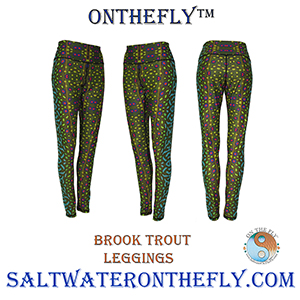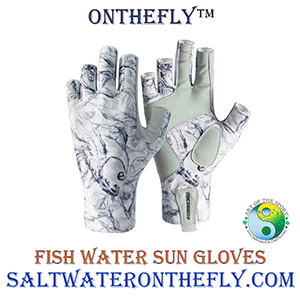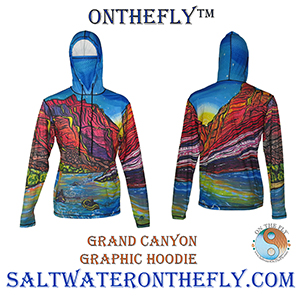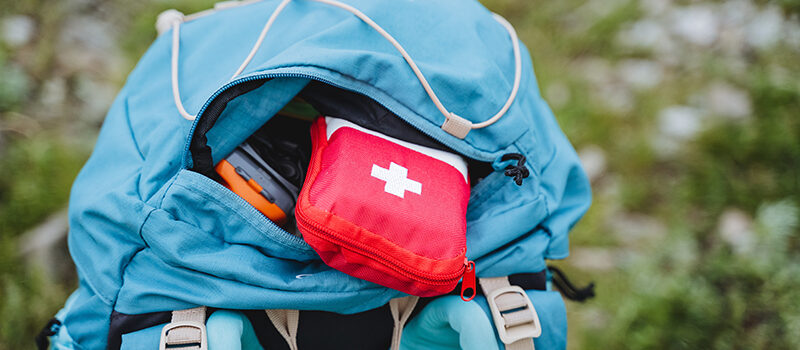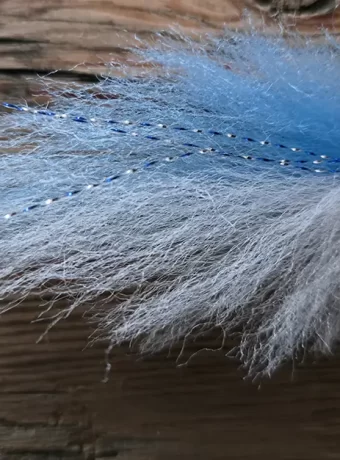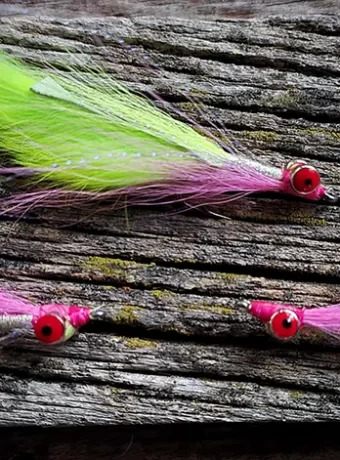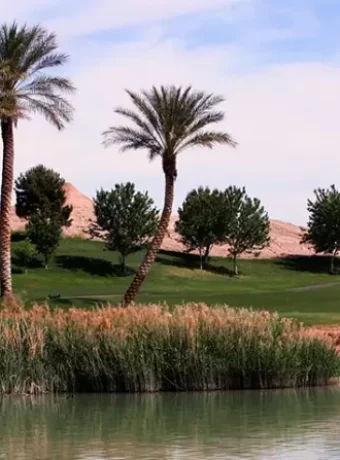Don’t Forget the First Aid Kit on Your Next Adventure
Although some parts of the country in the summer are hot enough to fry eggs on the sidewalk, there are also some glorious local hikes in your area with cooler temperatures, scenic views, perfect fishing holes, and paths to walk that will transport you through some of the most idyllic places in the country. However, as all good backpackers, hikers and avid outdoorsmen will tell you if you’re headed into Mother Nature, make sure you’re always carrying a prepackaged first-aid kit or one that you put together all by yourself. In order to do the latter, make sure to gather the perfect items. (One tip: knowing what these items are is as important as knowing how to use them, so if you’re a beginning backpacker, taking a short training course from the hundreds online is a great idea.)
Picking the Right Emergency Essentials
Start with those “must-have” emergency essentials. After all, you never know what that great outdoors is gonna throw at you, so make sure always to have these essential care items on-hand: Antiseptic wipes; antibacterial ointment; bandage adhesive and assorted fabric bandages; butterfly bandages with adhesive wound-closure strips; gauze pads; nonstick sterile pads; medical adhesive tape; ibuprofen and other pain-relief medications you prefer; insect sting/anti-itch treatment; antihistamine to treat allergic reactions; tweezers; safety pins; and a first-aid manual. These are the basics that will help with all the scrapes, scratches, and minor emergencies.
Anti-Inflammatory’s to Diarrhea
When it comes to medications, any prescriptions you take are always the first thing you should pack in your kit. However, there are other helpful medications you may not want to be without. Sunburn relief; throat lozenges; lubricating eye drops; diarrhea medication; antacid tablets; oral rehydration salts; glucose or other sugar (for treating hypoglycemia); injectable epinephrine (for those who suffer from severe allergic reactions); and aspirin, are definitely items to consider.
Doctors and Avid Outdoorsmen Agree
When it comes to the most essential item, doctors and avid outdoorsmen agree. One of the largest pains for hikers and backpackers comes in the form of blisters. Therefore, you have to make sure that moleskin is definitely with you when you head out on your journey. To prevent blisters from forming, make sure to get good-fitting boots, wear a thin liner sock under your hiking socks, and take care of any hot spots right away by covering them with a padded blister bandage made of moleskin. To care for blisters before they worsen, it’s recommended to cut a blister-size hole in a piece of Molefoam and protect it with that, avoid draining if possible, and dress it like a wound if it happens to pop. Moleskin is the most reliable dressing for blister prevention available, so never be without it!
UPF-50 Clothing helps prevent sunburns
The right clothing for the environment helps in preventing hypothermia, sunburns and overheating to quickly.

